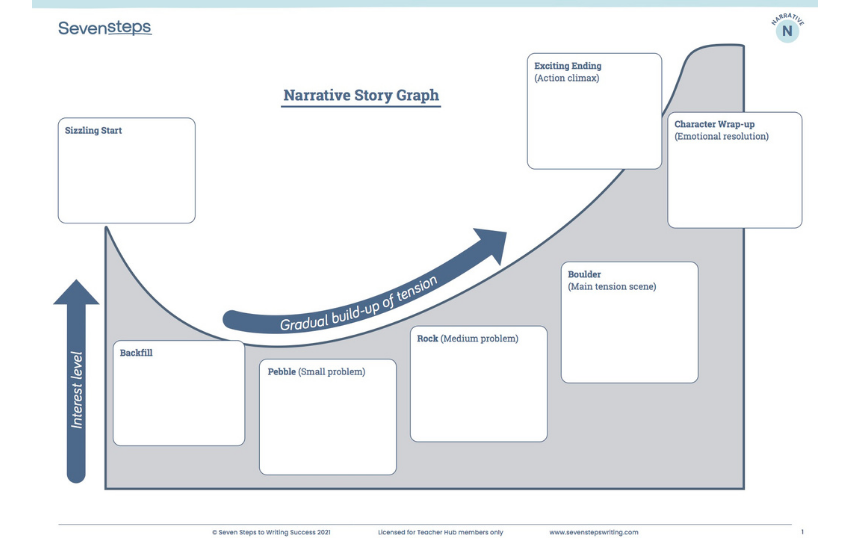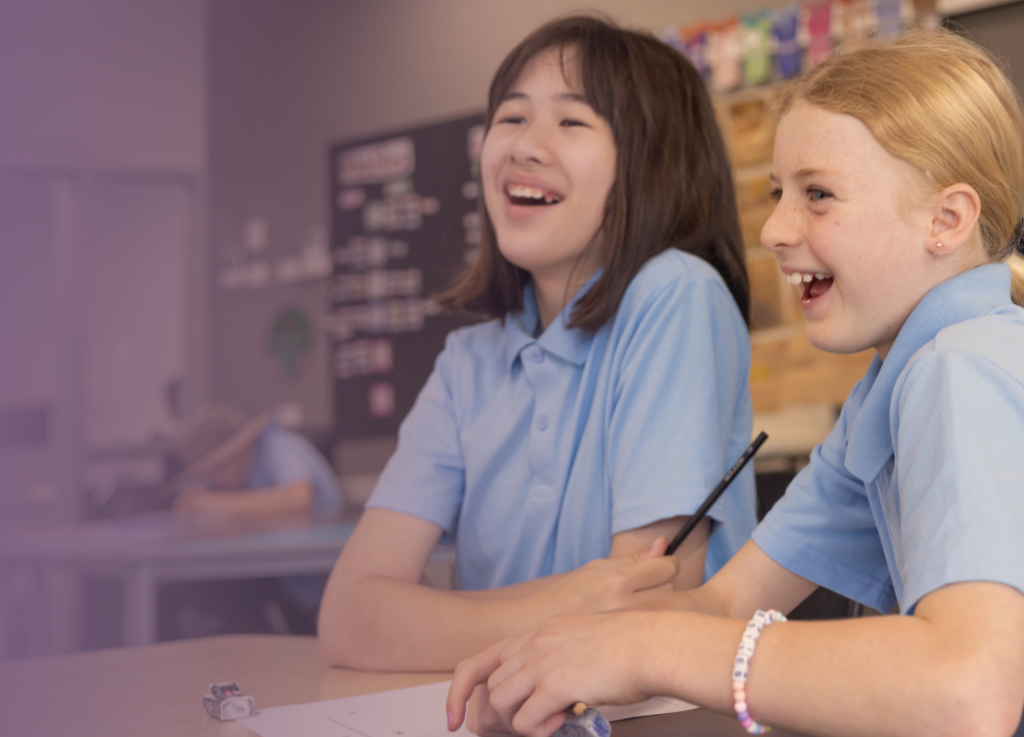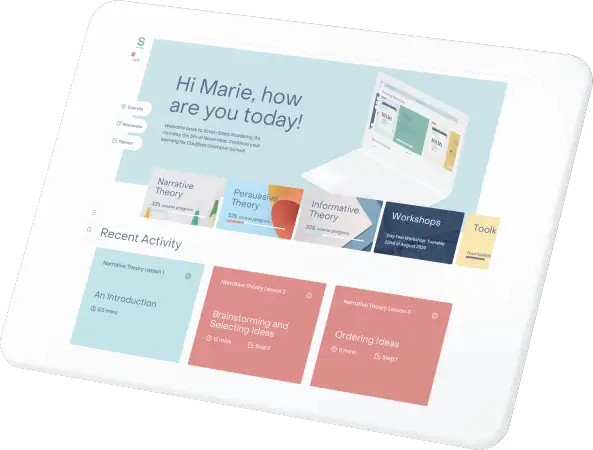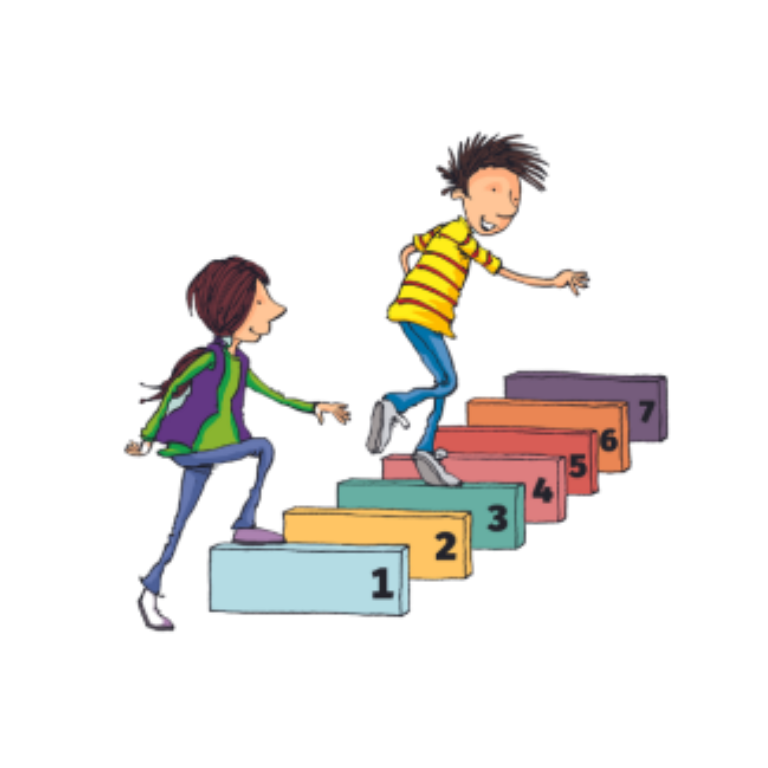Narratives – so creative and so hard to write. So many possibilities, characters, scenarios and no ‘formula’ to make it easy to teach or do. But here’s some good news. There is no formula, but there is a pattern!
Most professional authors read all through their childhood. They were the ones with the torch under the blankets reading long after their parents had called lights out. They somehow managed to pick up the pattern. Yet authors don’t deconstruct – they don’t share what they know.
The basic story structure
The simple pattern to creating a great narrative is not a ‘Formula’, but it is a structure. Here’s how it goes…
Sizzling Start
The job of the first paragraph is to make your readers want to know more. To achieve this, you need to start with action (think James Bond where the opening scene is an action scene – chasing, shooting and dying) or at a moment of change (the discovery of a diary, the start of a divorce).
Get full access to all the Step 2: Sizzling Starts training and resources on Teacher Hub with a FREE Starter account. Get your free account now.
Backfill
Once the engagement of the reader is ensured, then you can afford to slow down a little and start to lay down the plot. The sunny day picnic under the dam wall that will burst. The young child struggling in sport who will eventually be an Olympic hero.
The more boring bits – like who, what and why can be covered in two ways:
- In a second scene, e.g. the scenes in which the wonderful Judy Dench briefs James Bond. ‘James come into my office, we have a situation in Bulgaria…’
- Drip fed throughout the action scene.
My Dad is allergic to me. No joke. Well, no-one in our house is laughing, that’s for sure.
‘Dad, can I…’
‘Achoo!’
‘Dad, about my pocket money…’
‘Achoo! Achoo!’
‘You said you would…’
‘Achoo! Achoo! ACHOO!’
That’s how all our conversations go lately…
Some people give up smoking or peanuts for their New Year promises. My Dad gave up breathing whenever I come near.
(Achoo! by Jen McVeity. Macmillan Education Australia, 1996.)
Gradual build-up of tension
Now it’s time to increase the stakes. To build up great tension, use the Pebble, Rock, Boulder approach:
- Pebble – First you set up a small problem.
- Rock – Now to create bigger problems.
- Boulder – Time to drop a boulder. This is usually the main tension scene in a novel or movie. The tension scene is one of the strongest scenes in a book or movie. (It is usually 20 minutes in a 1.5 hour movie.)
Action climax
This is the scene in which the character(s) overcome incredible odds and survive/triumph.
Character resolution
This is the scene that gives richness to the story. This is not a ‘big’ scene, it is quiet, yet packed with emotion. Often humour is used as a release from massive tension.
This character resolution is often the part that students leave out. They get to the climax of the story and then want to wrap it up fast. Character resolution to many students is ‘and they all lived happily ever after’ or ‘and then they went home to bed’.
Showing students how to draw out the emotional end of the story is a critical way to add power to their narratives.
The Narrative Story Graph
The Narrative Story Graph is a visual representation of the basic story structure. Knowing the pattern behind the story graph is what makes writing a narrative so much simpler.

Next time you watch a movie, read a novel or share a picture book with your kids, look out for the Sizzling Start, backfill, pebble/rock/boulder, the action climax and the character resolution.
Try plotting the story on the Narrative Story Graph template.
Seven Steps members can find collections of texts plotted on the story graph here on Teacher Hub.
Not a Seven Steps member? View subscription options, including our free Starter account, here.

Step 2: Sizzling Starts is fun to teach, easy to learn and will have your students cheering for more!


